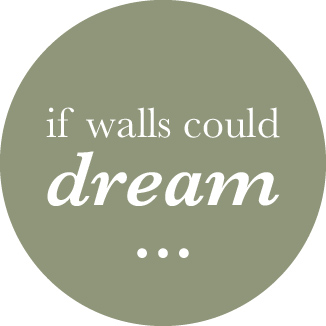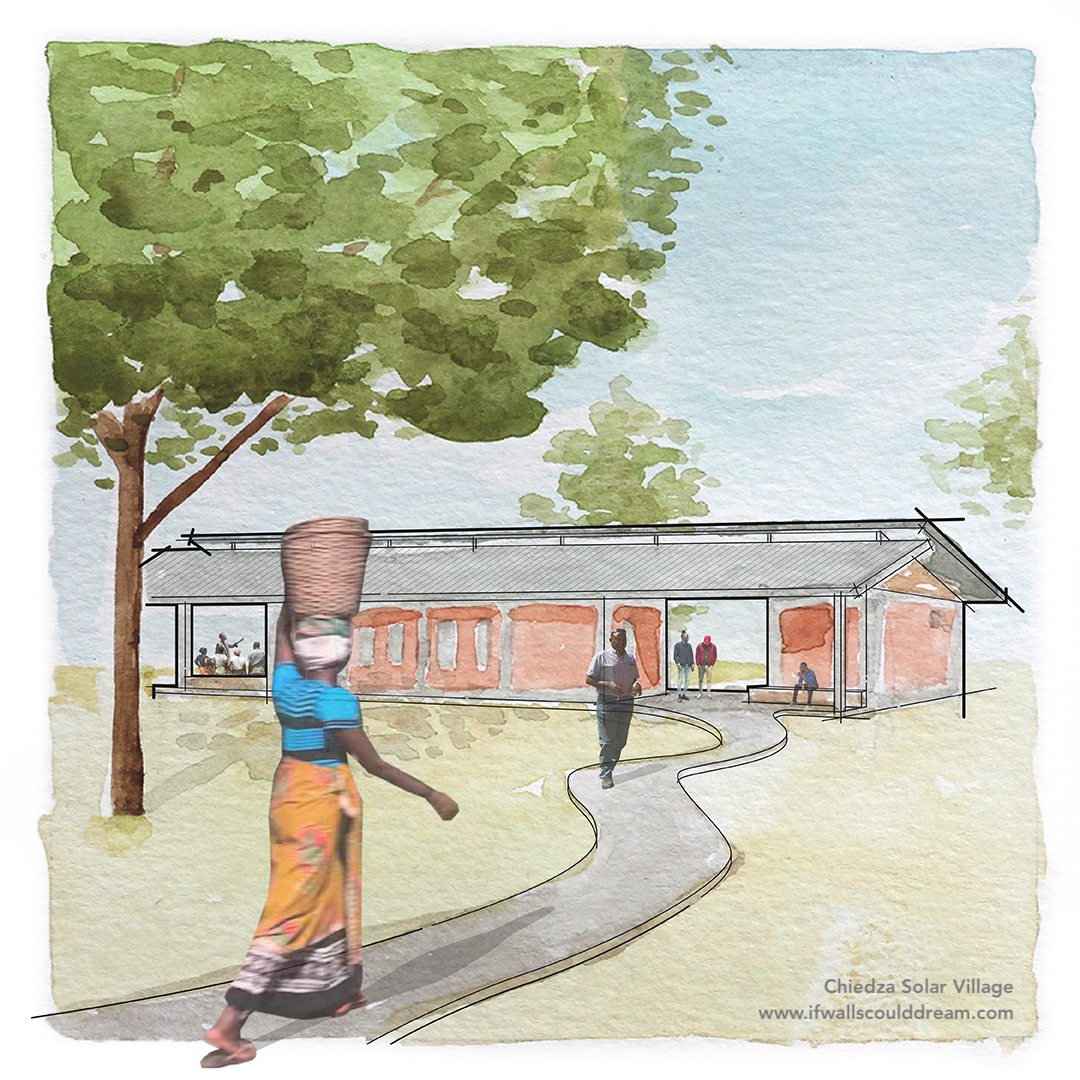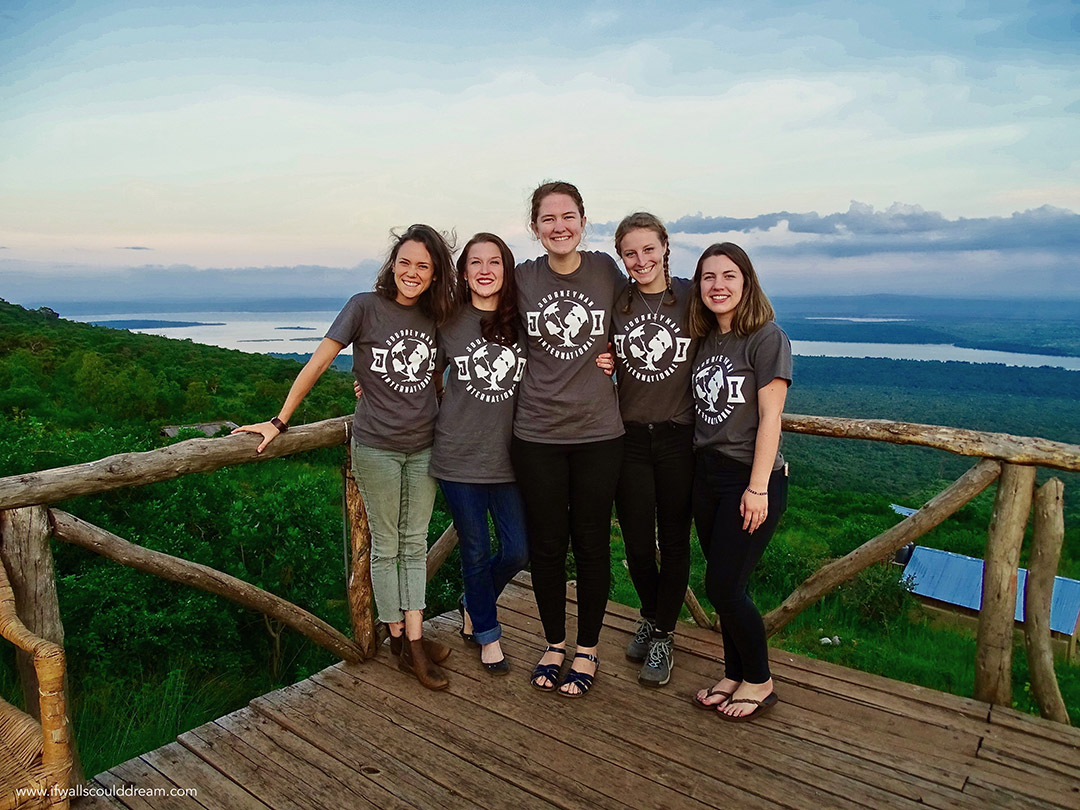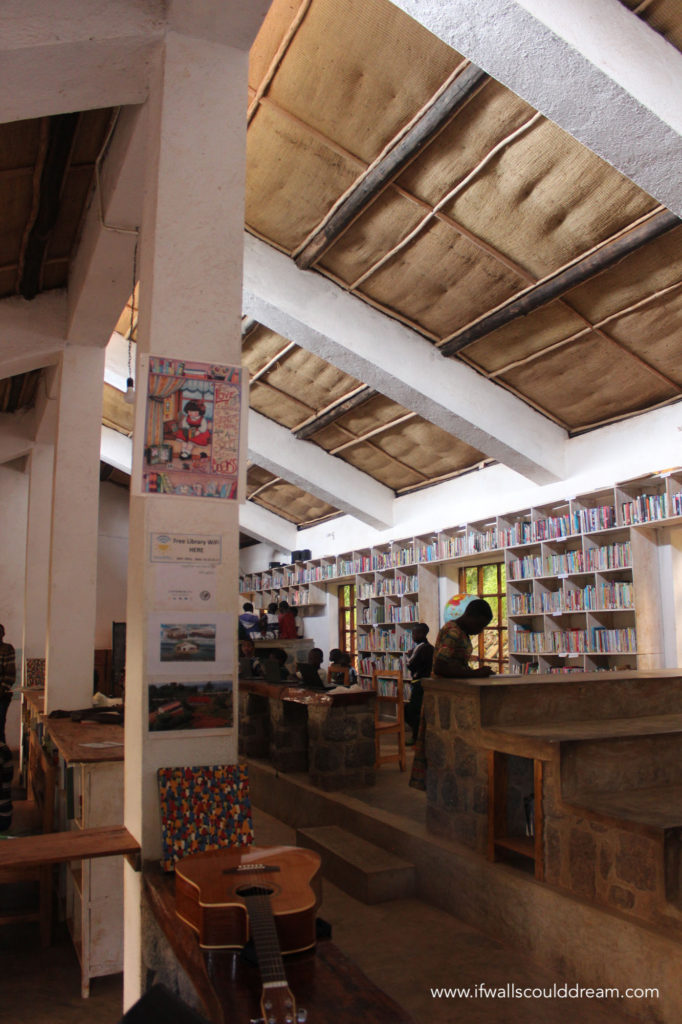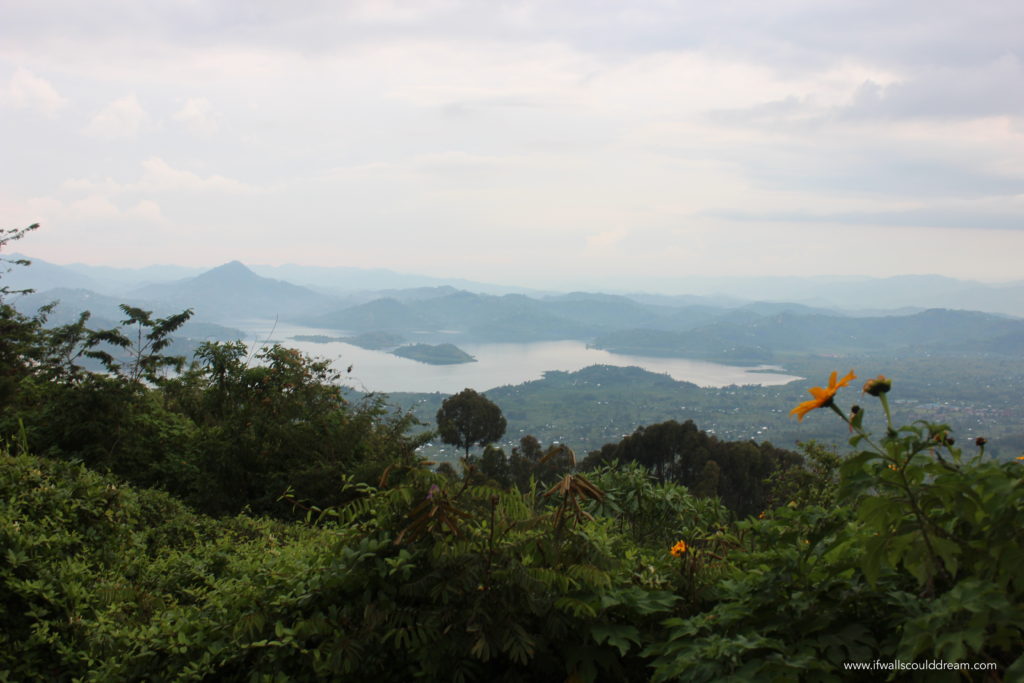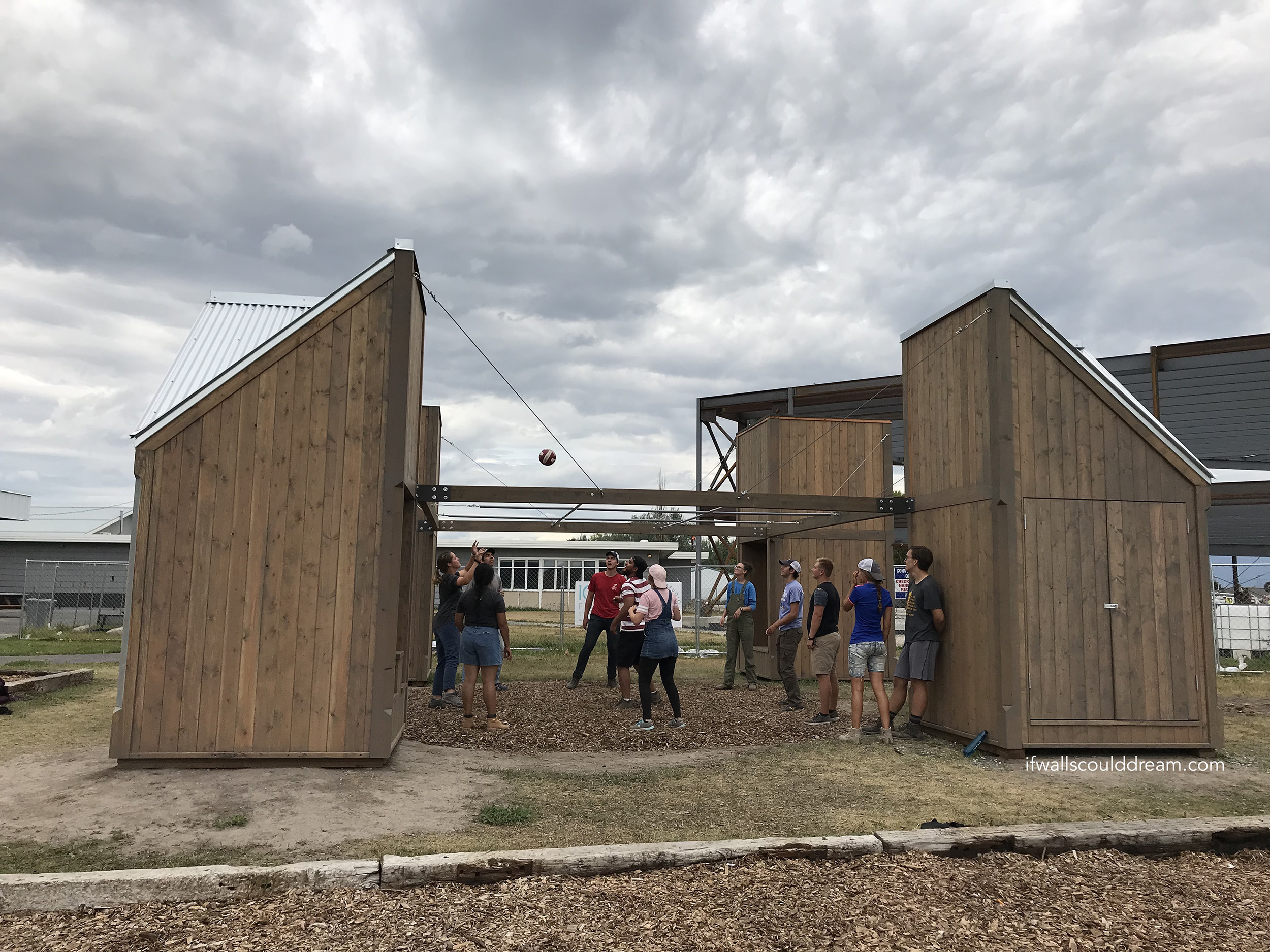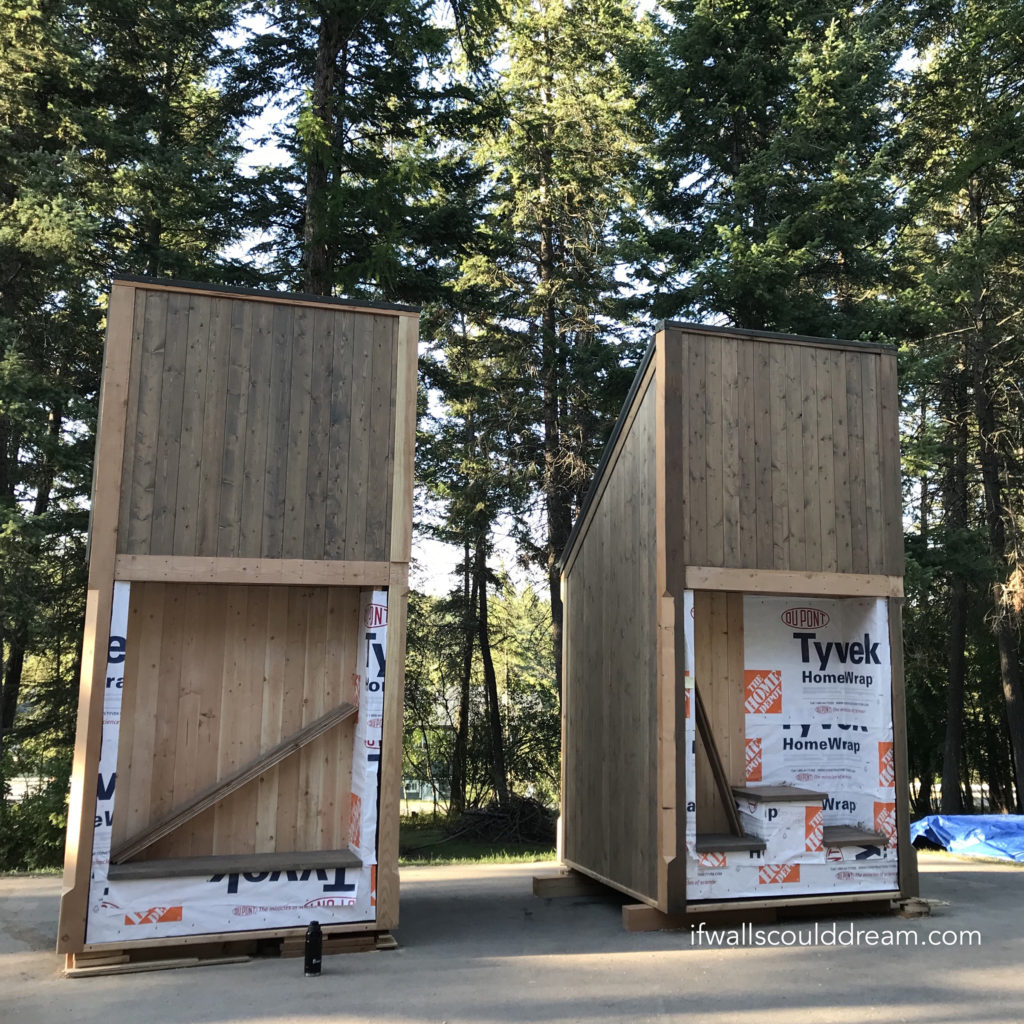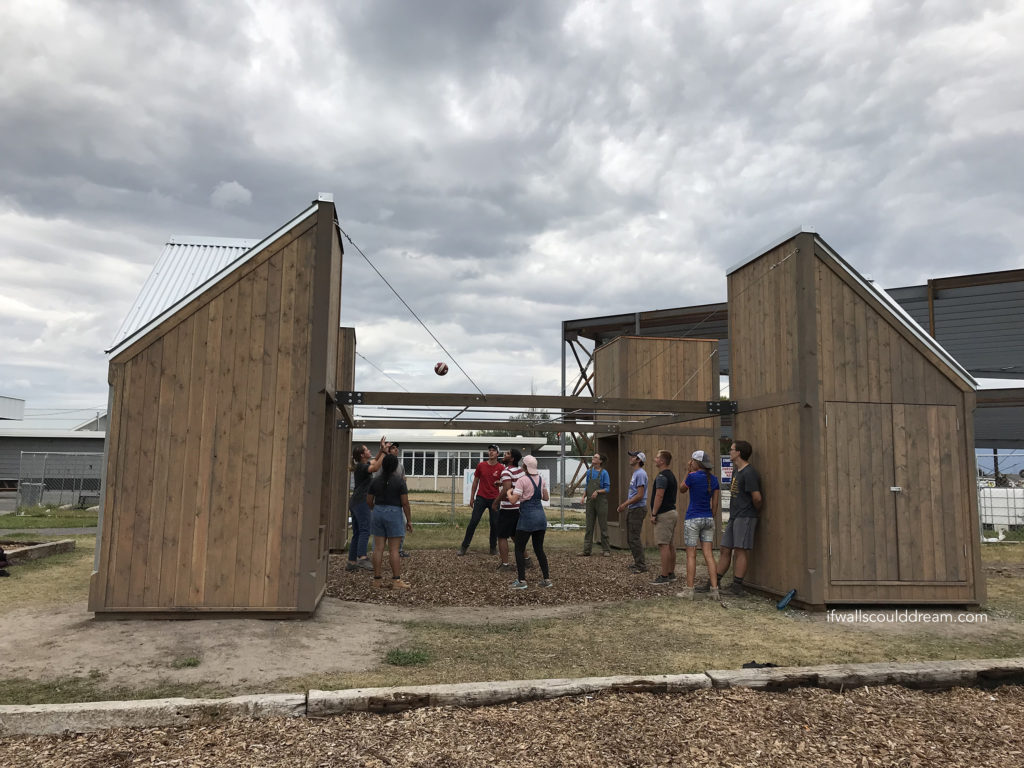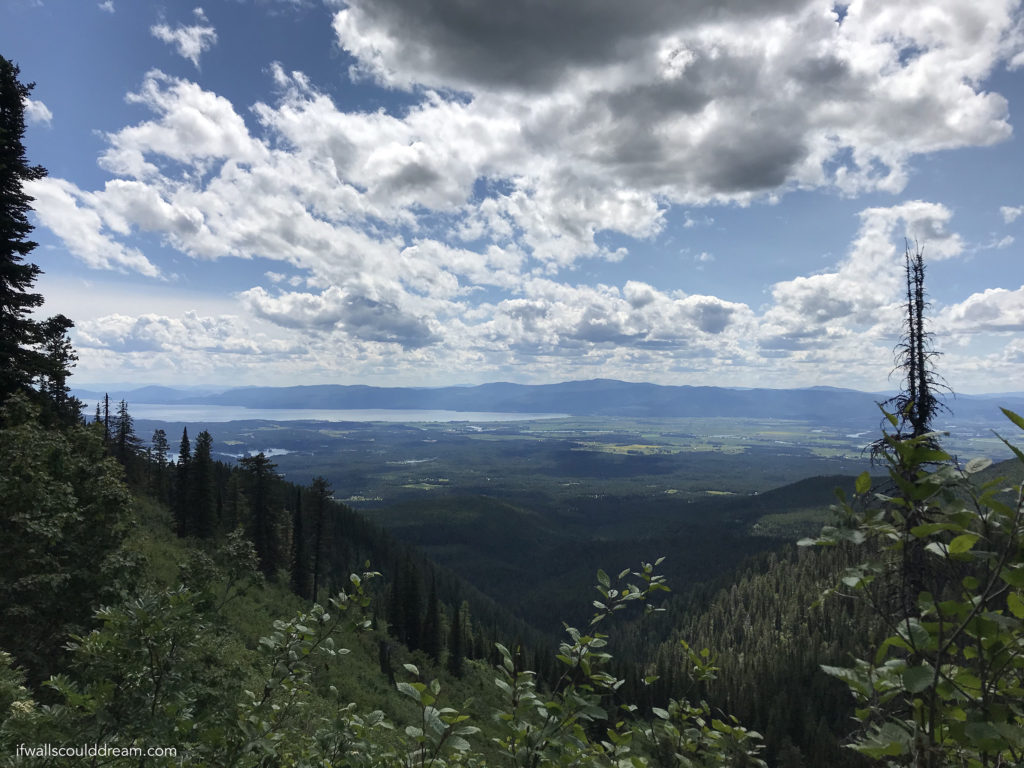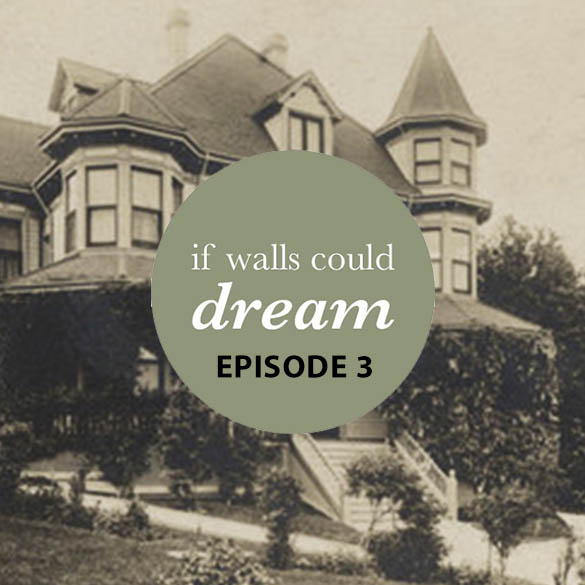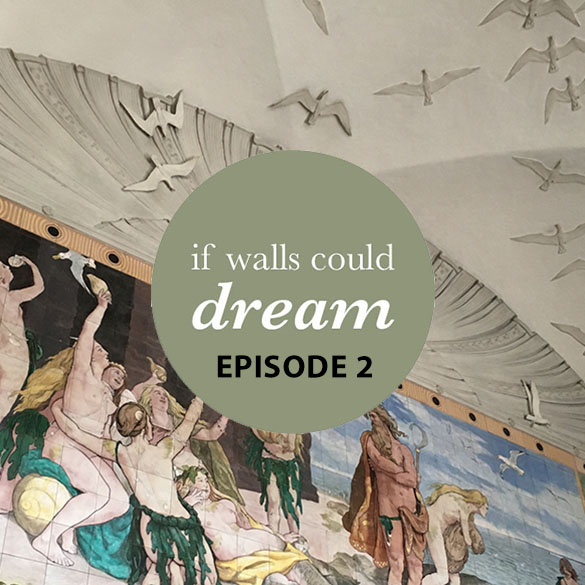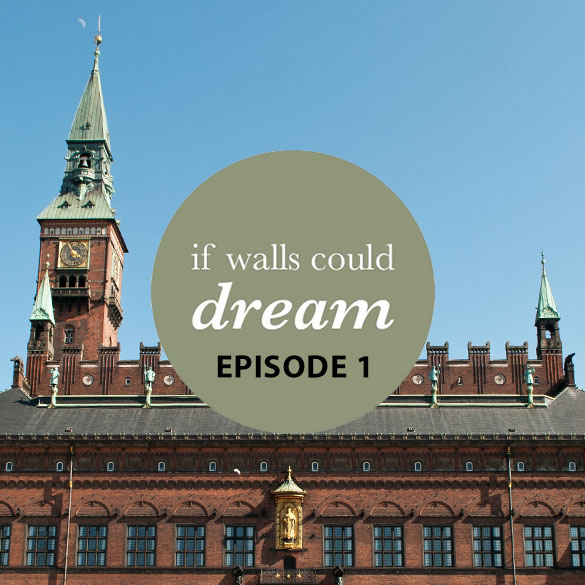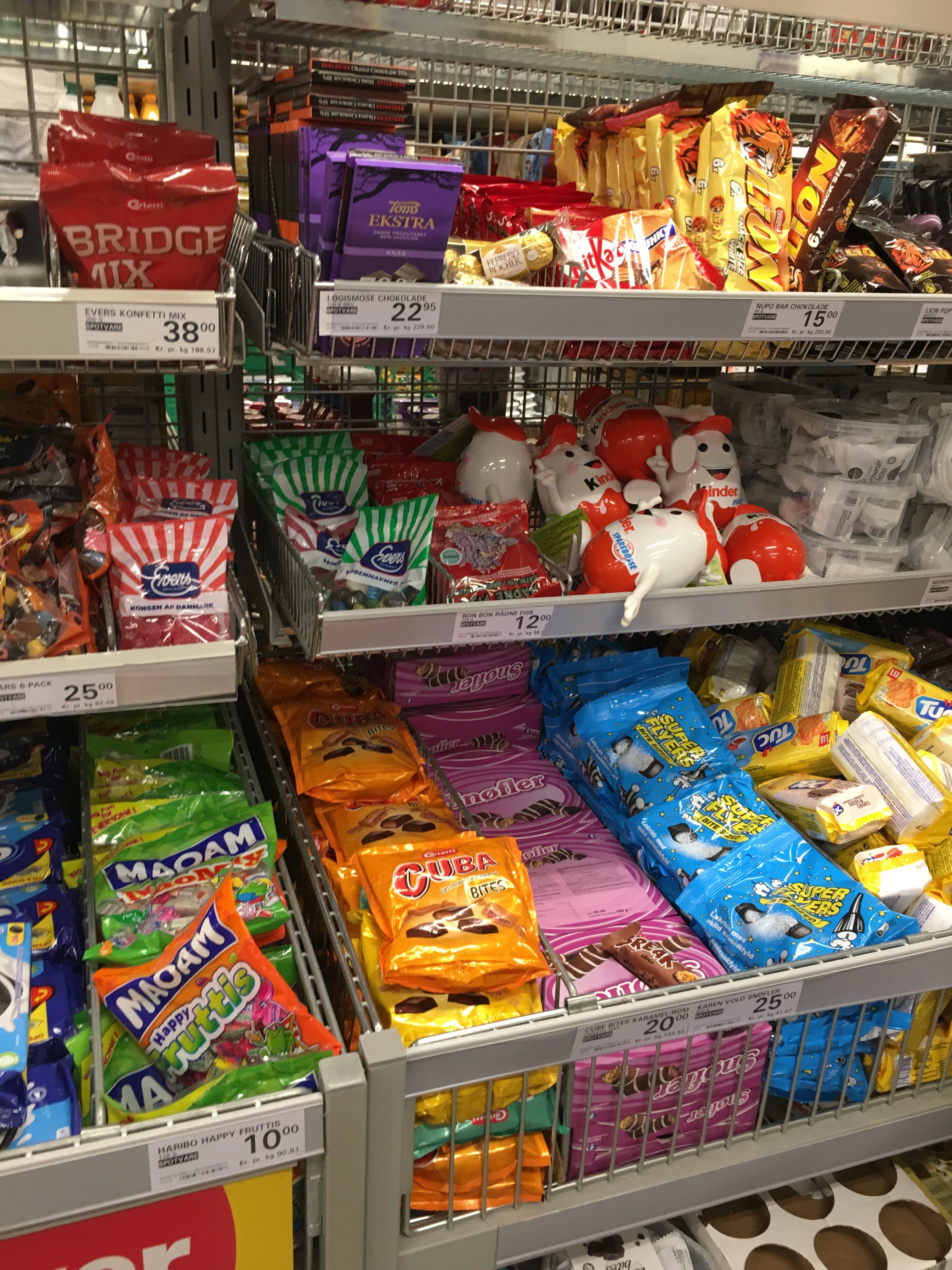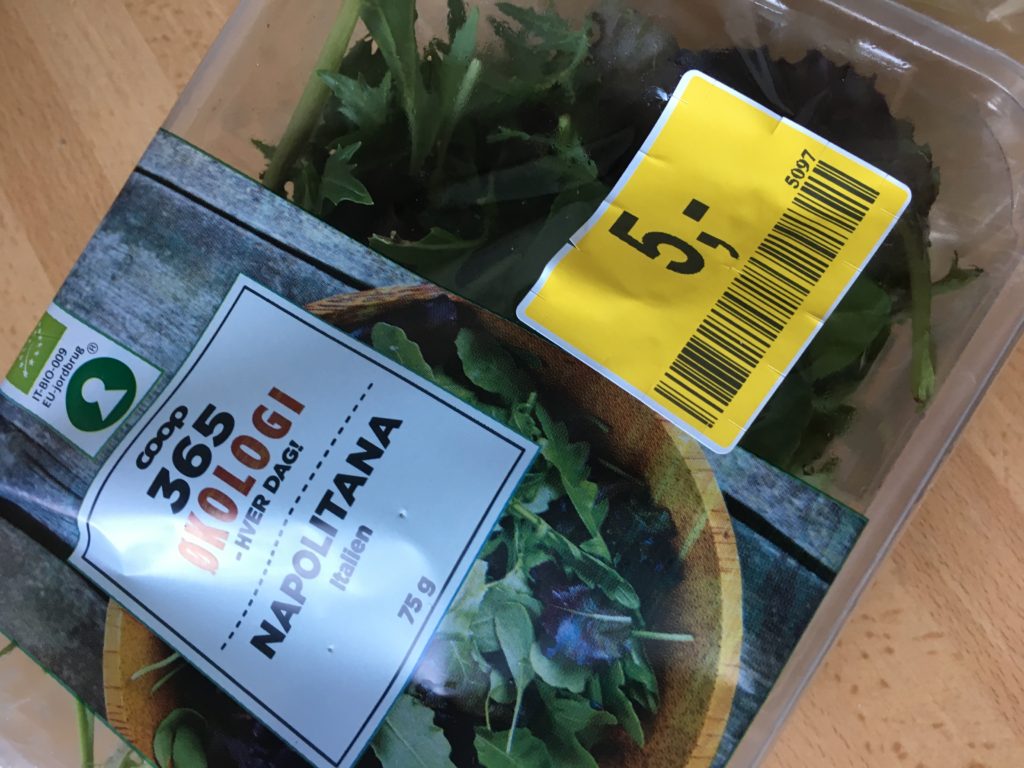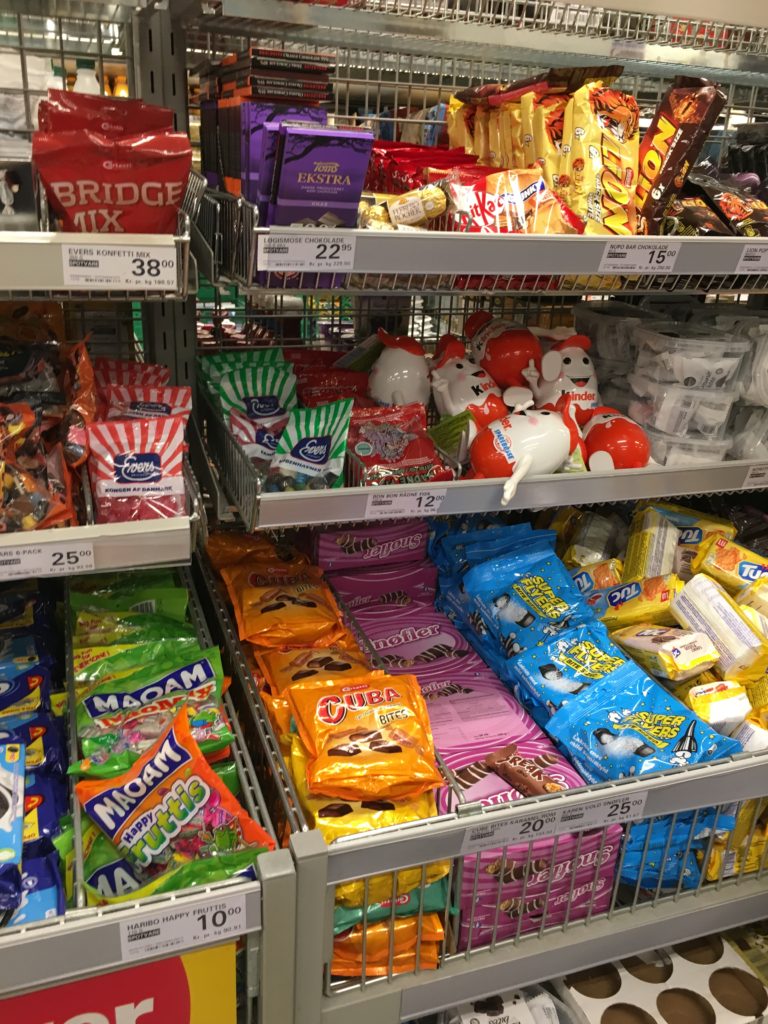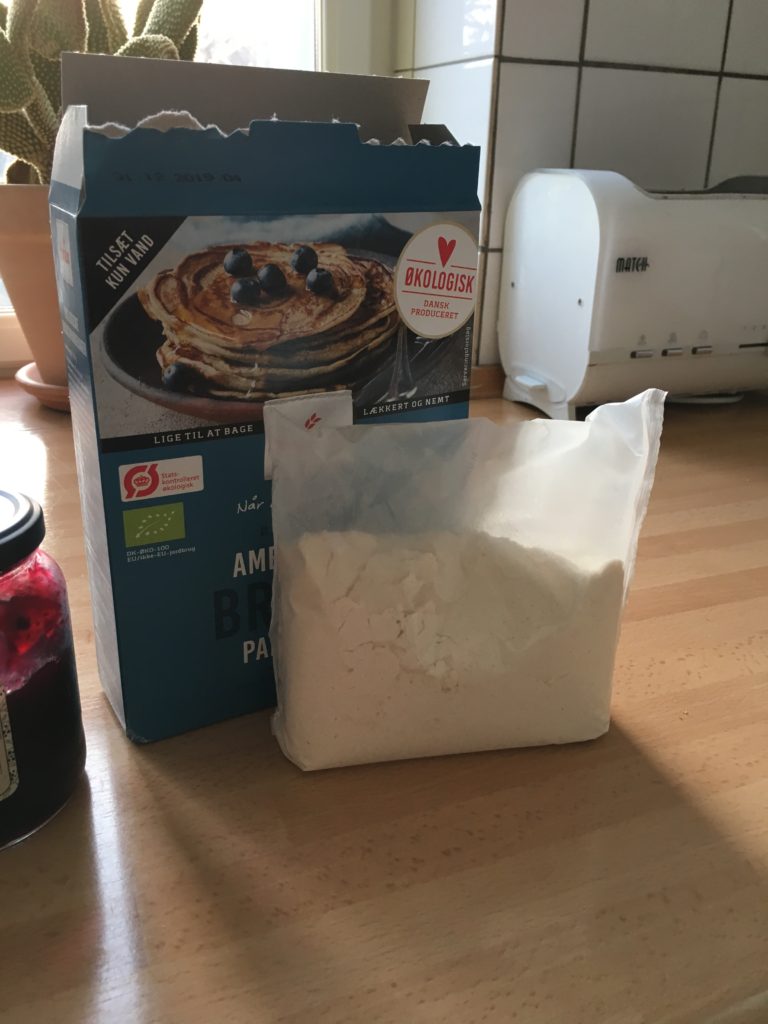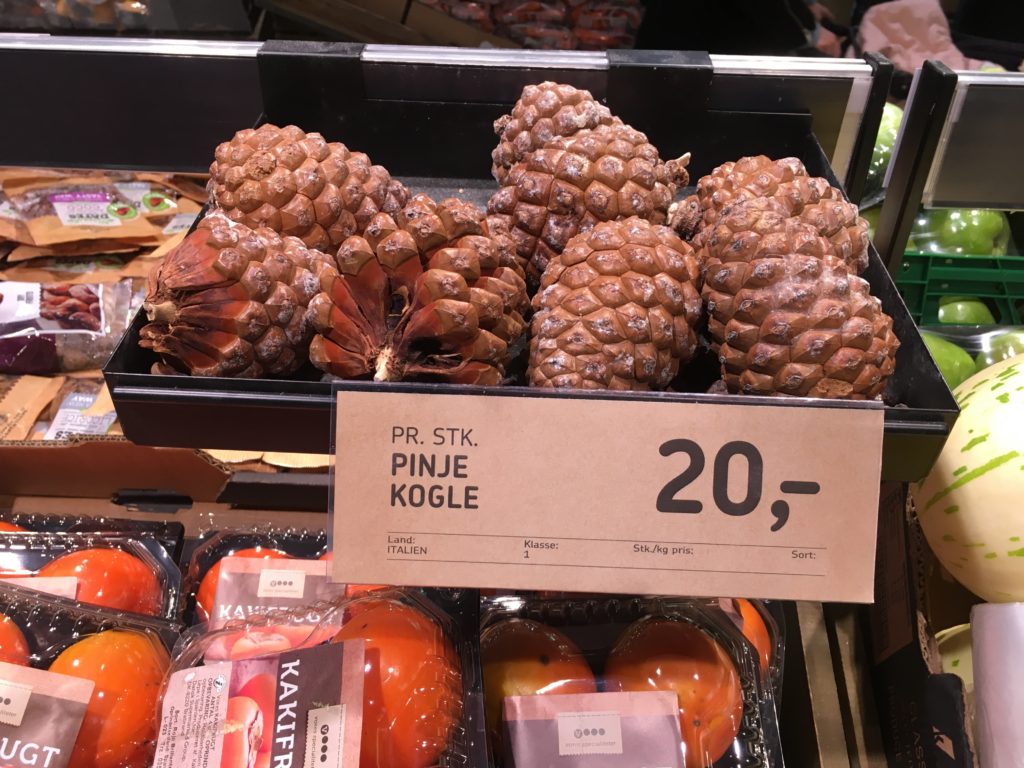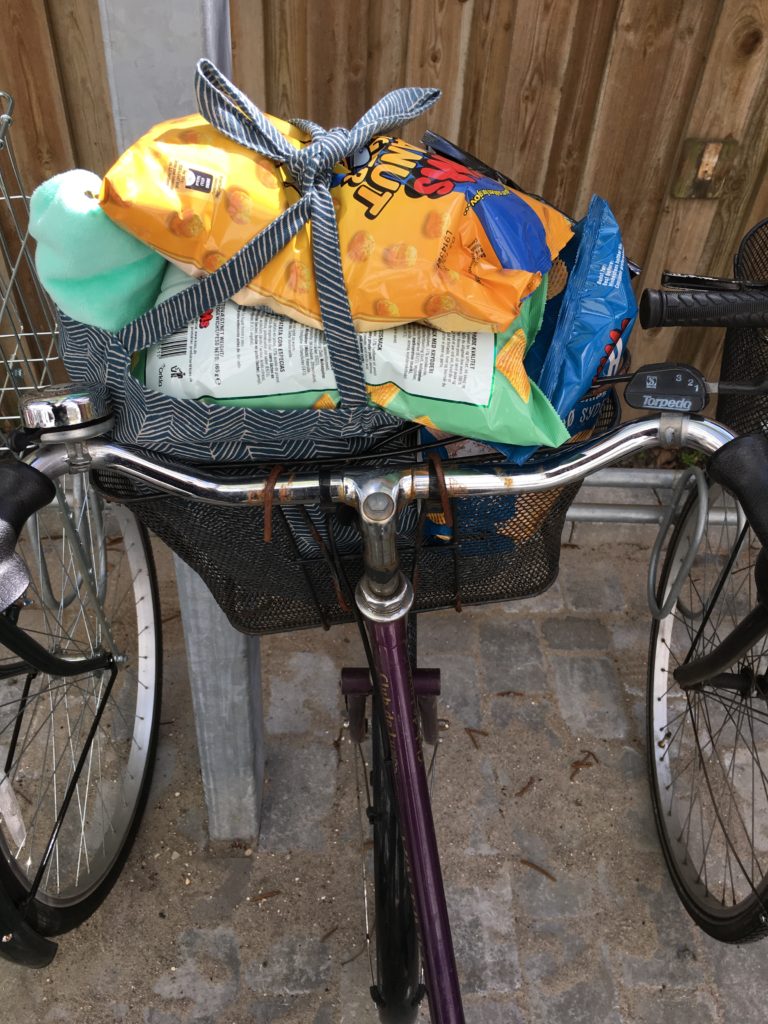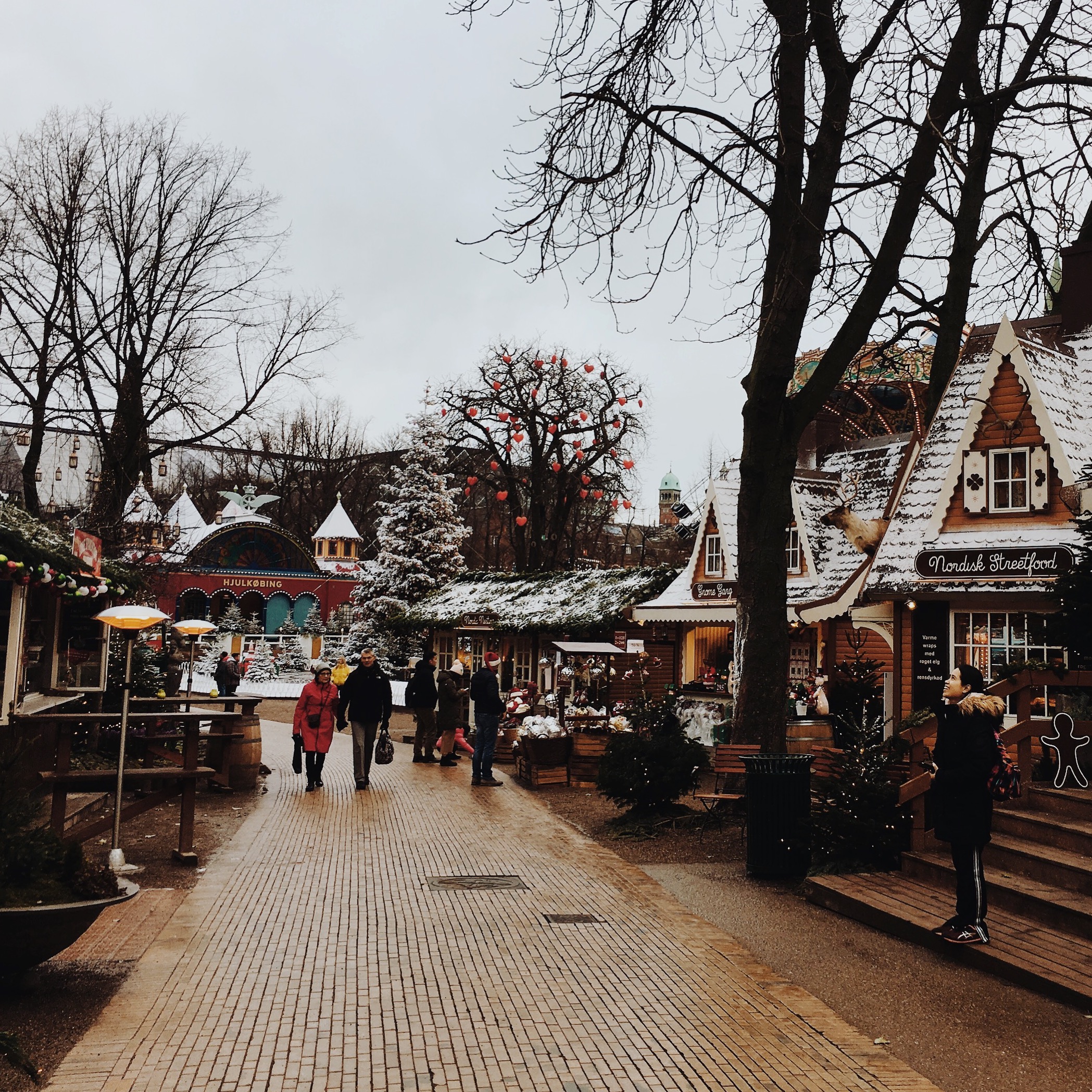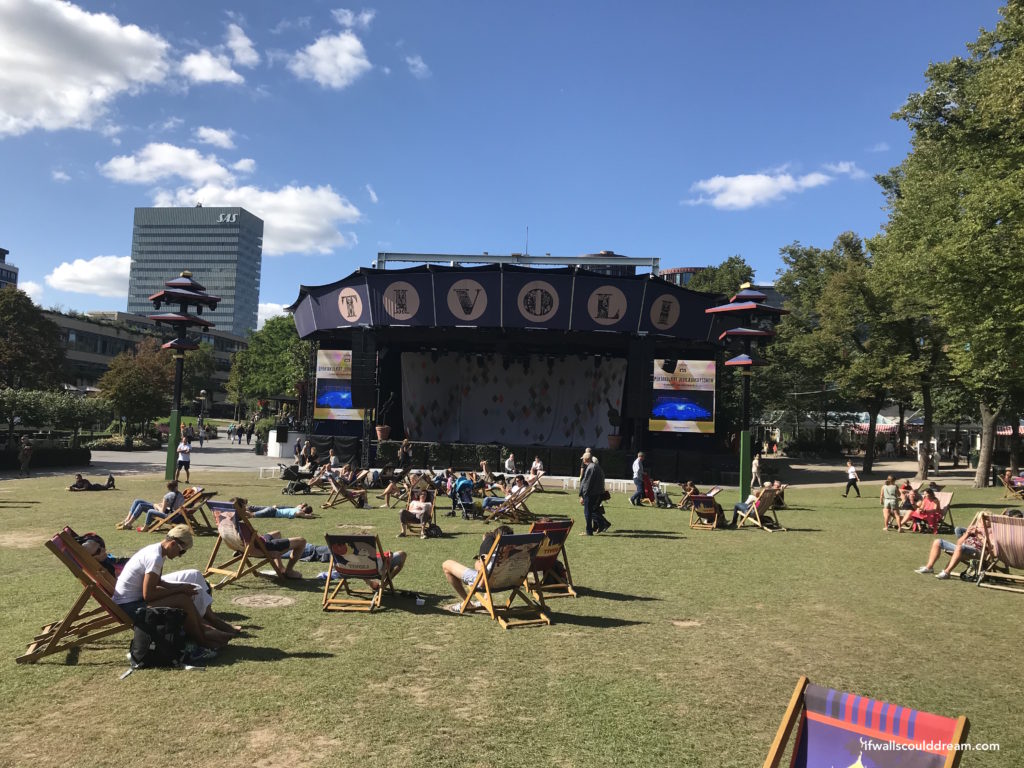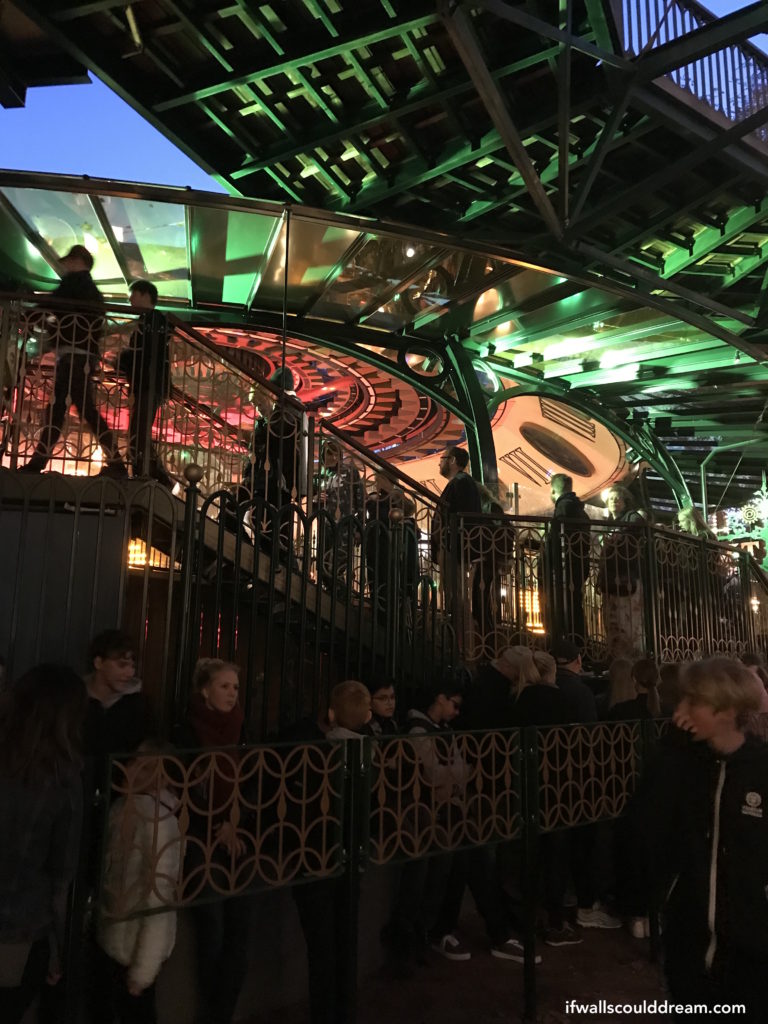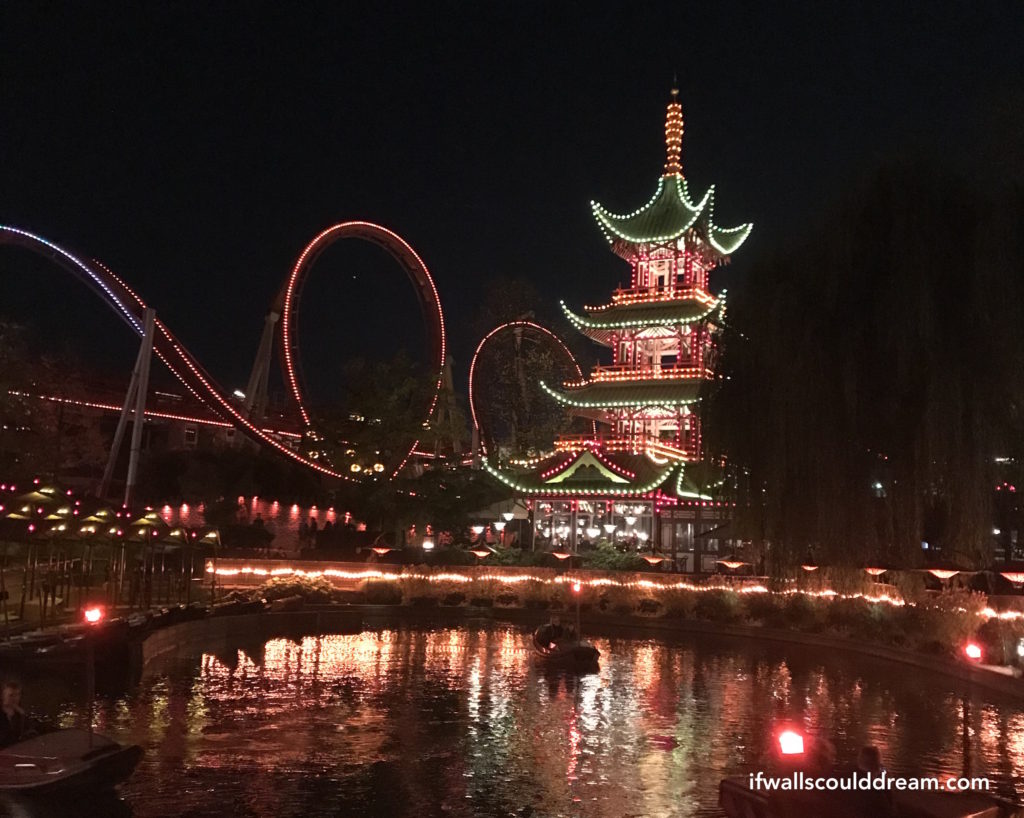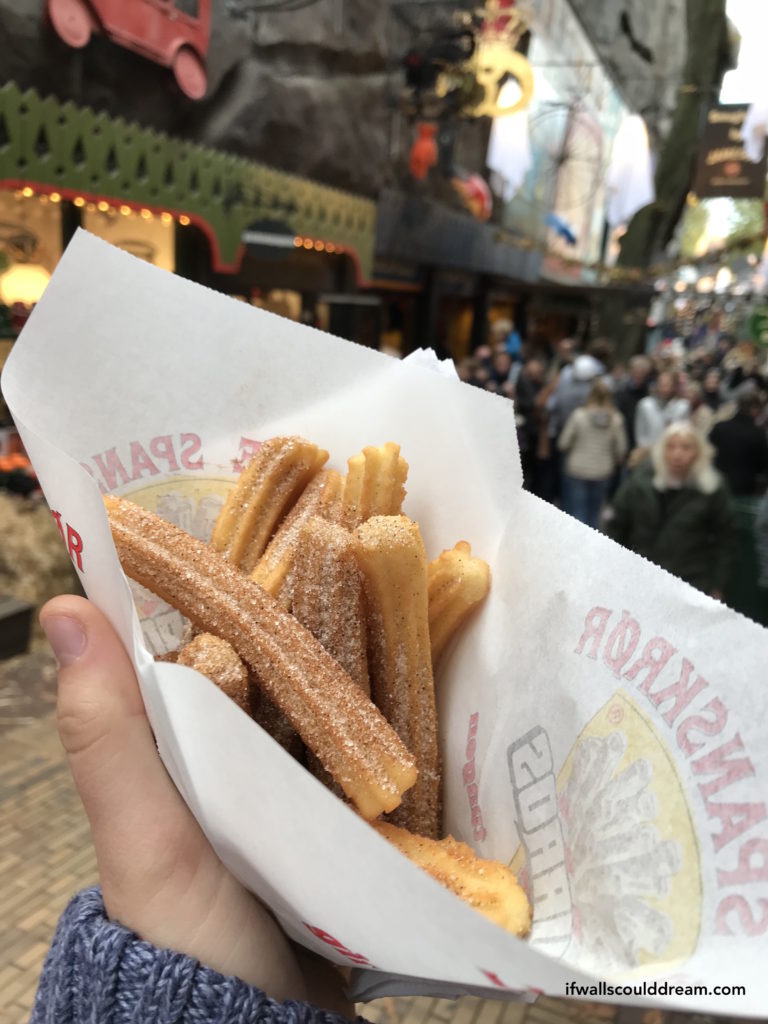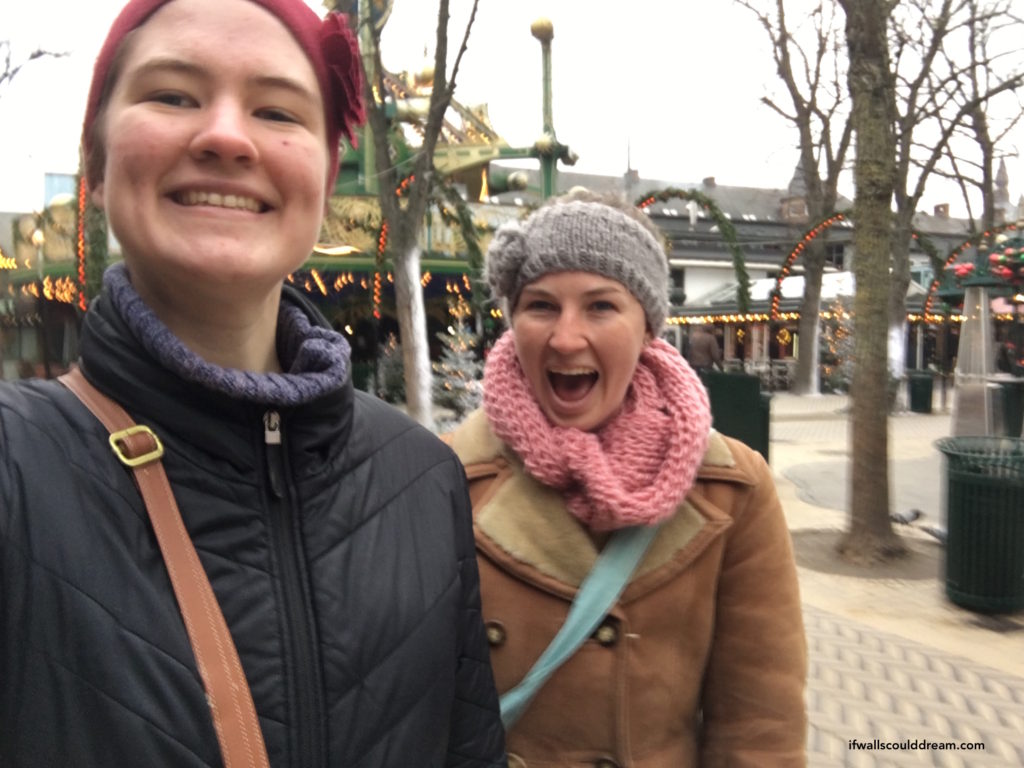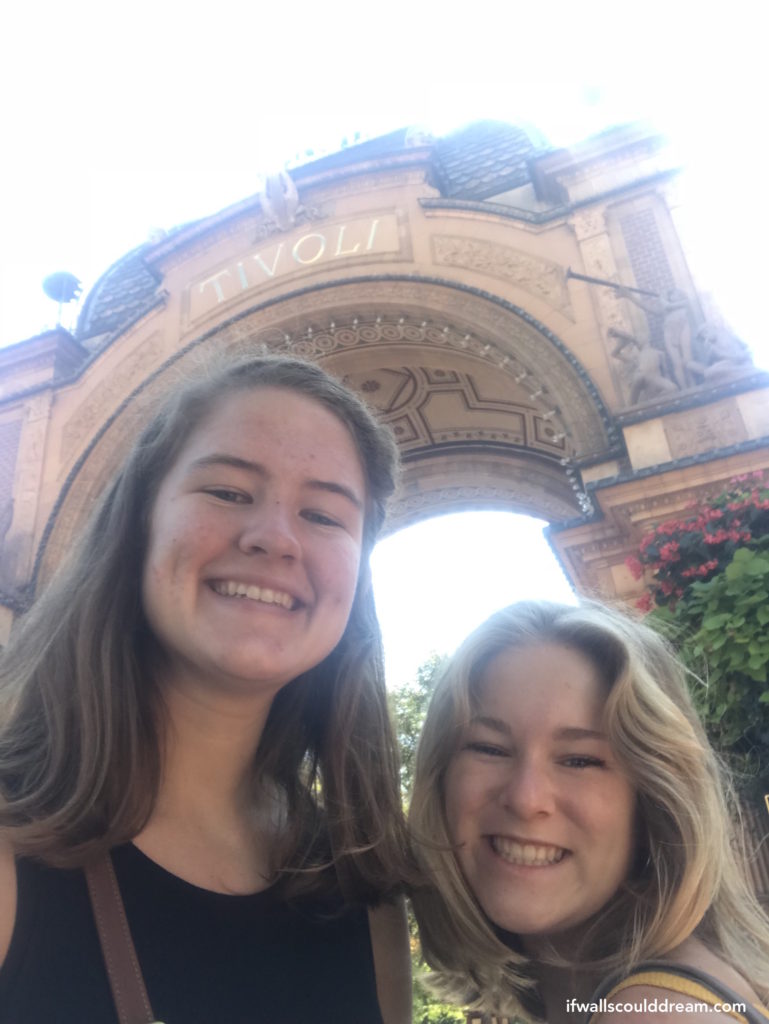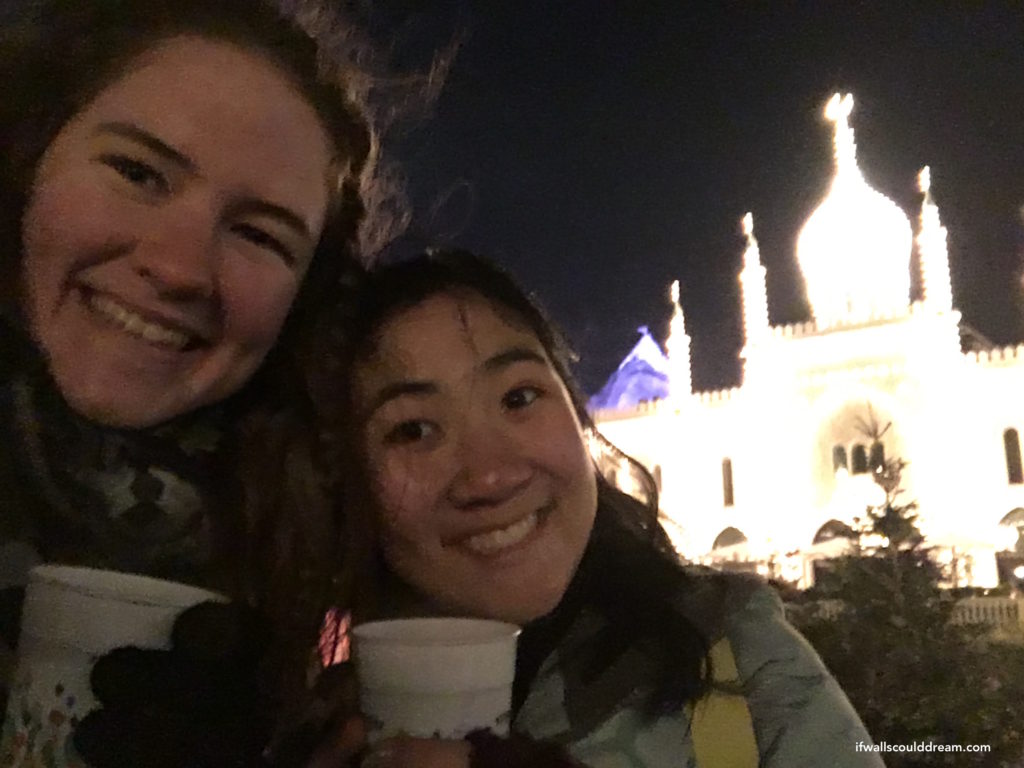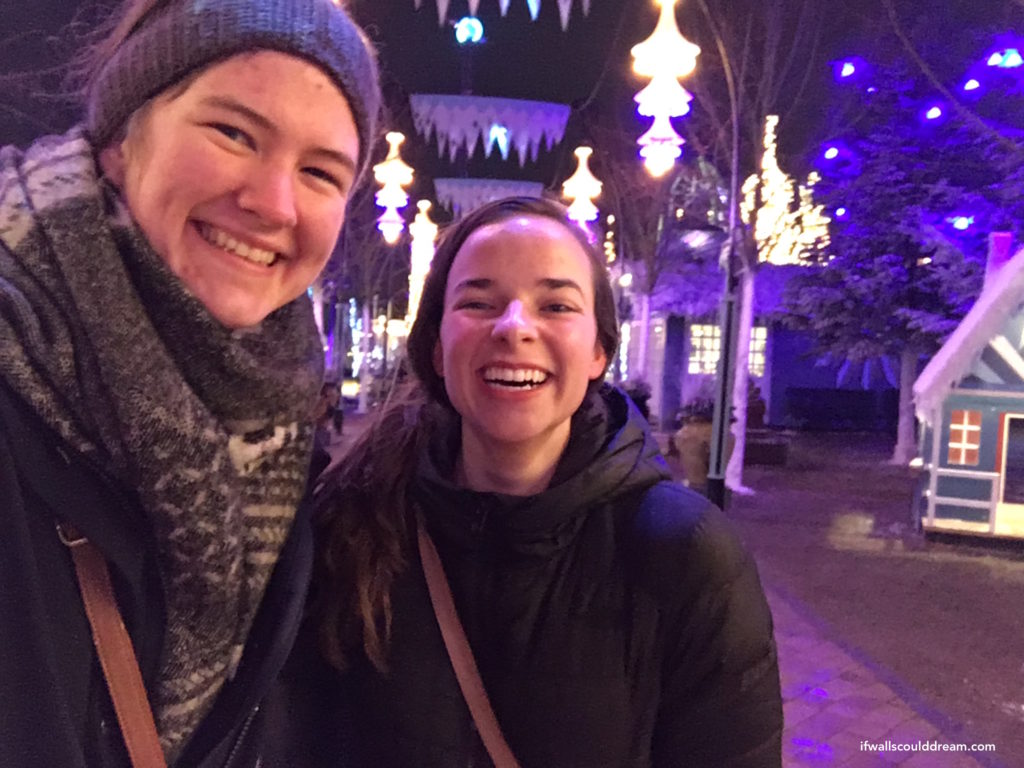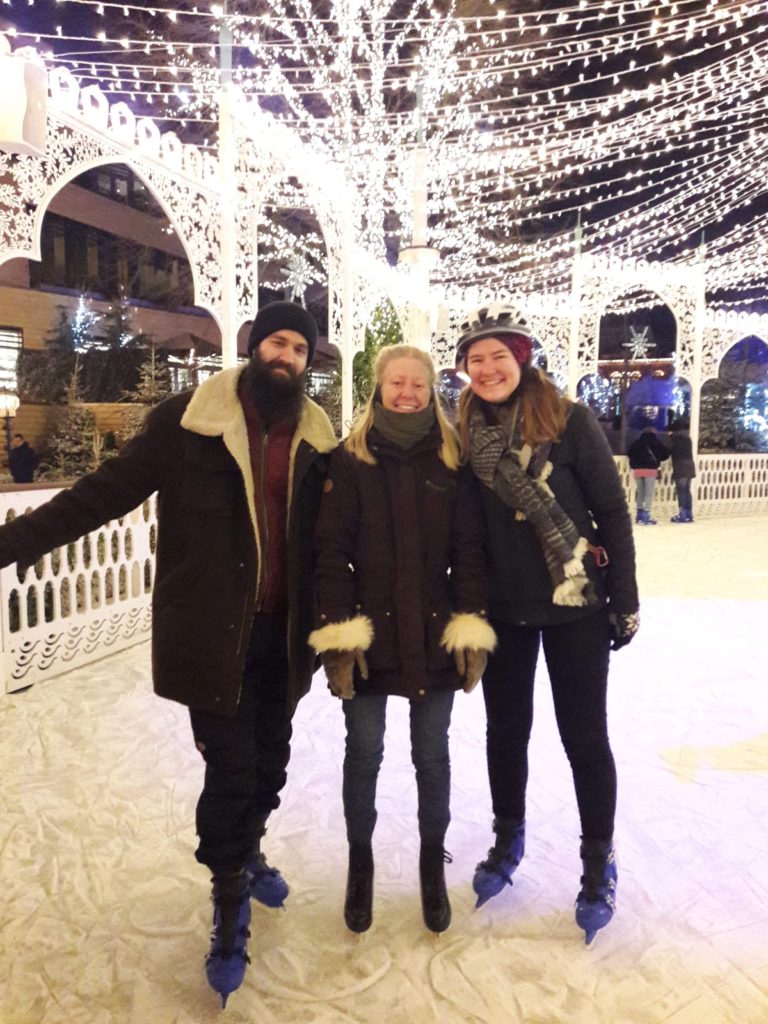Humanitarian Architecture Thesis: Chiedza Solar Village
My Bachelor of Architecture Thesis at Cal Poly, San Luis Obispo is a humanitarian project with Journeyman International, a humanitarian design non-profit, to design an agricultural training center in Zimbabwe. We are partnering with two local Zimbabwean companies, Foundations for Farming and Canotek Solar. Their input and advice was crucial to the success of this project, since we weren’t able to visit the site. I was very cautious of cultural appropriation during the project. Often, humanitarian projects have good intentions but fail to actually listen to what the local community needs. I prioritized listening to my local partners and doing a lot of research on Zimbabwean culture in order to design something that was in tune with their needs and their context. I am also partnering with an architectural engineering student from Cal Poly to engineer the project.
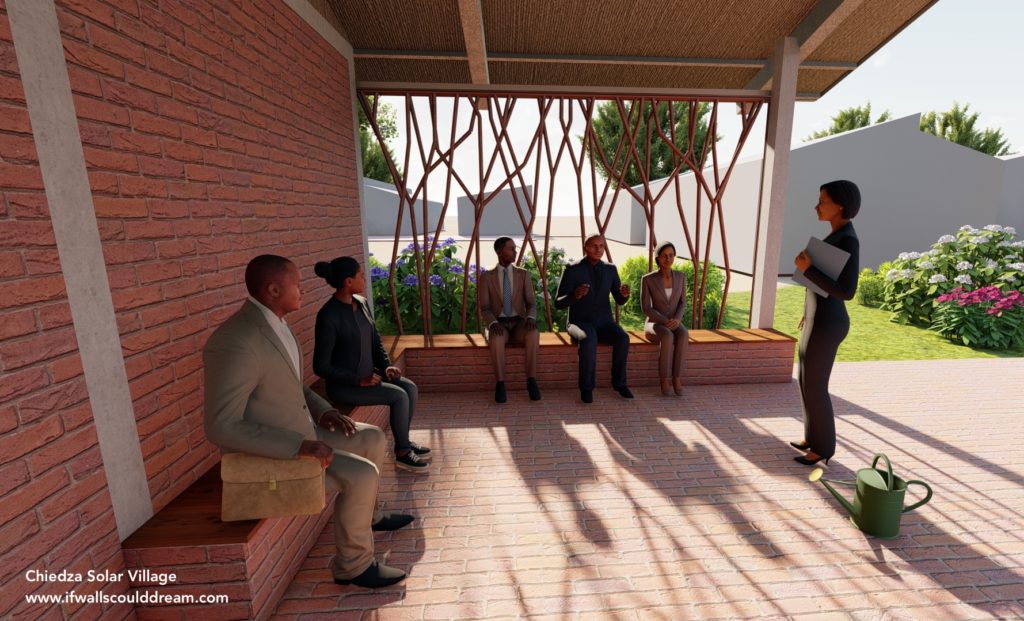
This project consists of master planning the development, and then zooming in to design in detail the Stewardship Center, where Foundations for Farming will train locals in sustainable agriculture techniques. The locals will then host trainings at the Stewardship Center for poor farmers throughout Zimbabwe. This project will serve as a hub for the resurgence of agriculture in Zimbabwe and foster relationships with nature, one’s community, oneself, and beyond. Some key design features of the project are indoor-outdoor spaces and views to the demonstration field. Our partner at Foundations for Farming said that their trainings are held half indoors and half outdoors so having a covered outdoor classroom is really important to them. I want people to feel a strong connection to nature when they visit this building.
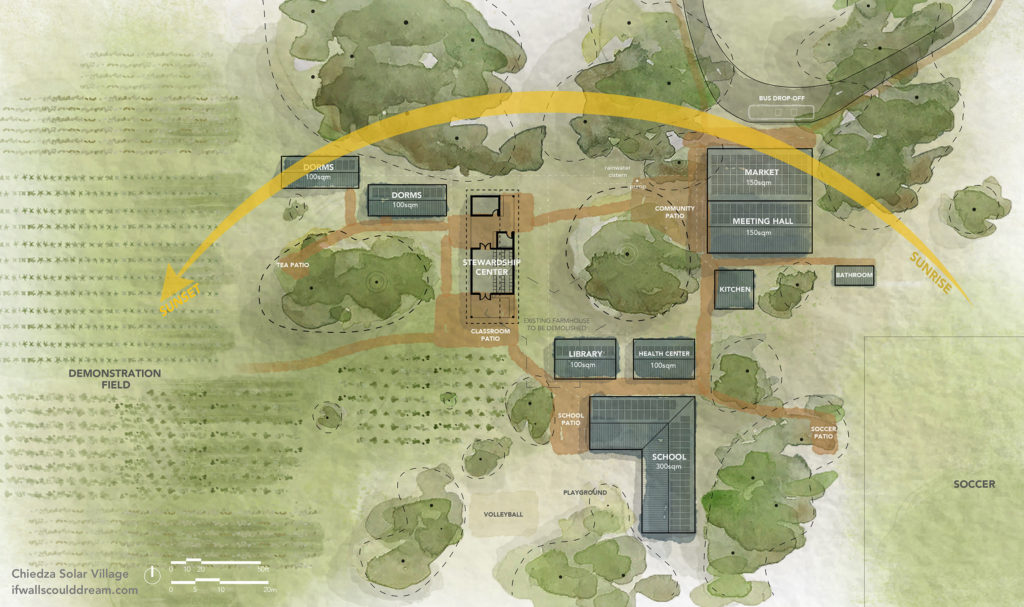
The last quarter of my thesis was virtual because of the coronavirus pandemic. Although it was disappointing to not get to showcase our thesis projects at the annual Chumash show in person, the virtual format pushed me to expand my rendering skills and to publish a website about my thesis which you can visit here!
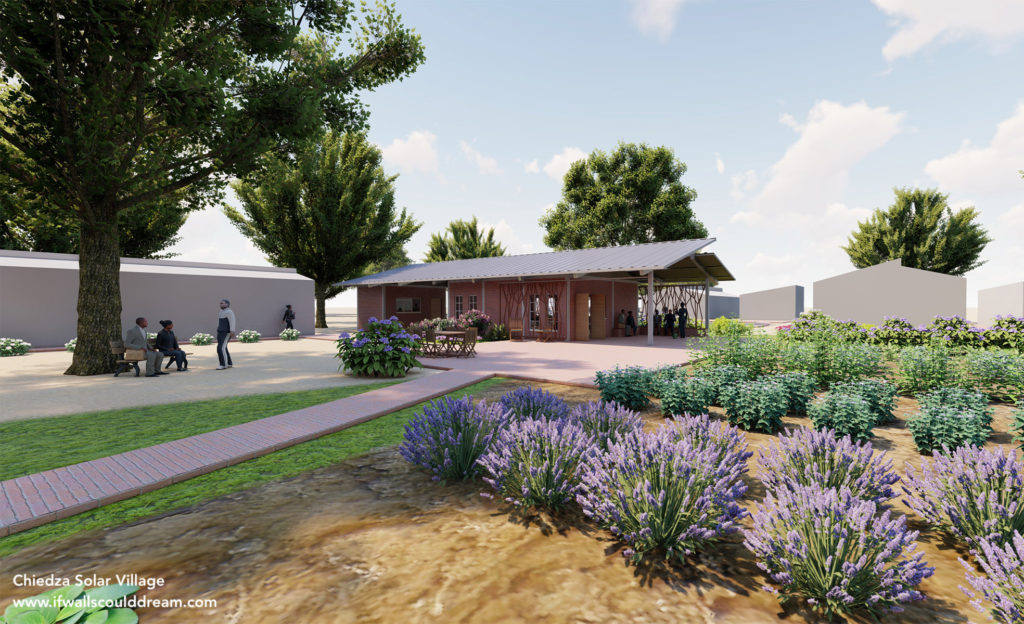
Real World Impact
Most college students pour their heart into their thesis project for a whole year, but it only lives on in their portfolio. I wanted to have a greater impact with my thesis. Because my project is partnered with Journeyman International and has real clients in Zimbabwe, when I finished my design, I handed it back to them. My design has two major benefits to the non-profits. First, the renderings and plans will help them secure funding for the project. Second, the design will serve as a starting point for the local architect once the project is ready to be built. I produced a design book and preliminary construction documents for the project. The local architect might change my design a lot or only a little, but it provides a strong and well-researched place for them to start. I am so excited to see where this project goes and hope to be able to visit it in Zimbabwe someday!
If walls could dream… they’d dream of building an agricultural training center in Zimbabwe!
